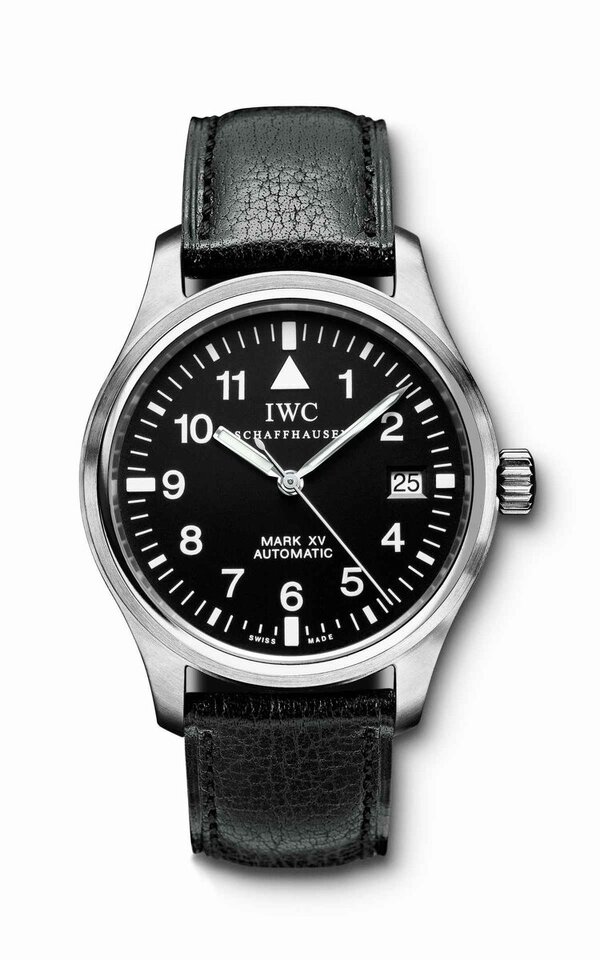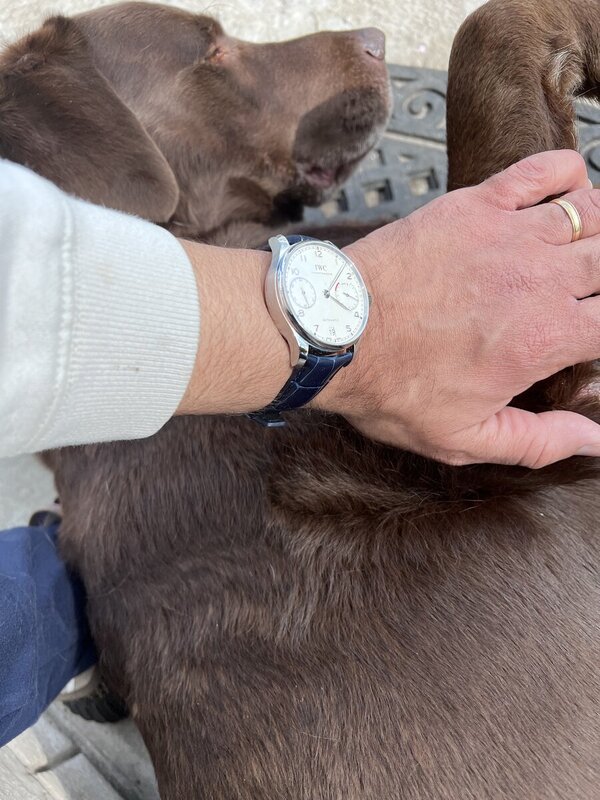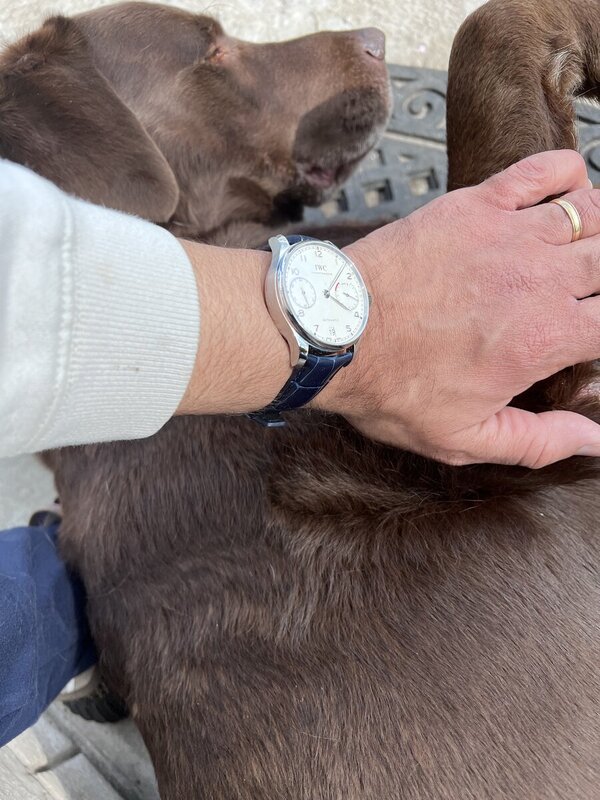- Joined
- Feb 11, 2007
- Messages
- 26,710
- Reaction score
- 9,853
I kind of see what you're saying but maybe it's because I'm dumb, but that still looks like they polished the watch to restore the edge instead of polishing to remove a scratch.
Regular polishing would never restore the edge. It will only further soften it. Edges are lost over time precisely because of polishing.
If a watch case is sharper after polishing than before, it has been re-cut.
When you send your watch back to the manufacturer for service and polishing, they don’t re-cut. They free-float the case against a lap wheel. Usually this means very, very little material is lost, but the edges will round-off ever so slightly. On steel, if done skillfully, it might take multiple polishes to visibly tell the difference. On gold, even one light polish can be enough to feel the loss of sharpness.
What is LAWW?
Los Angeles Watchworks.
Last edited:
































